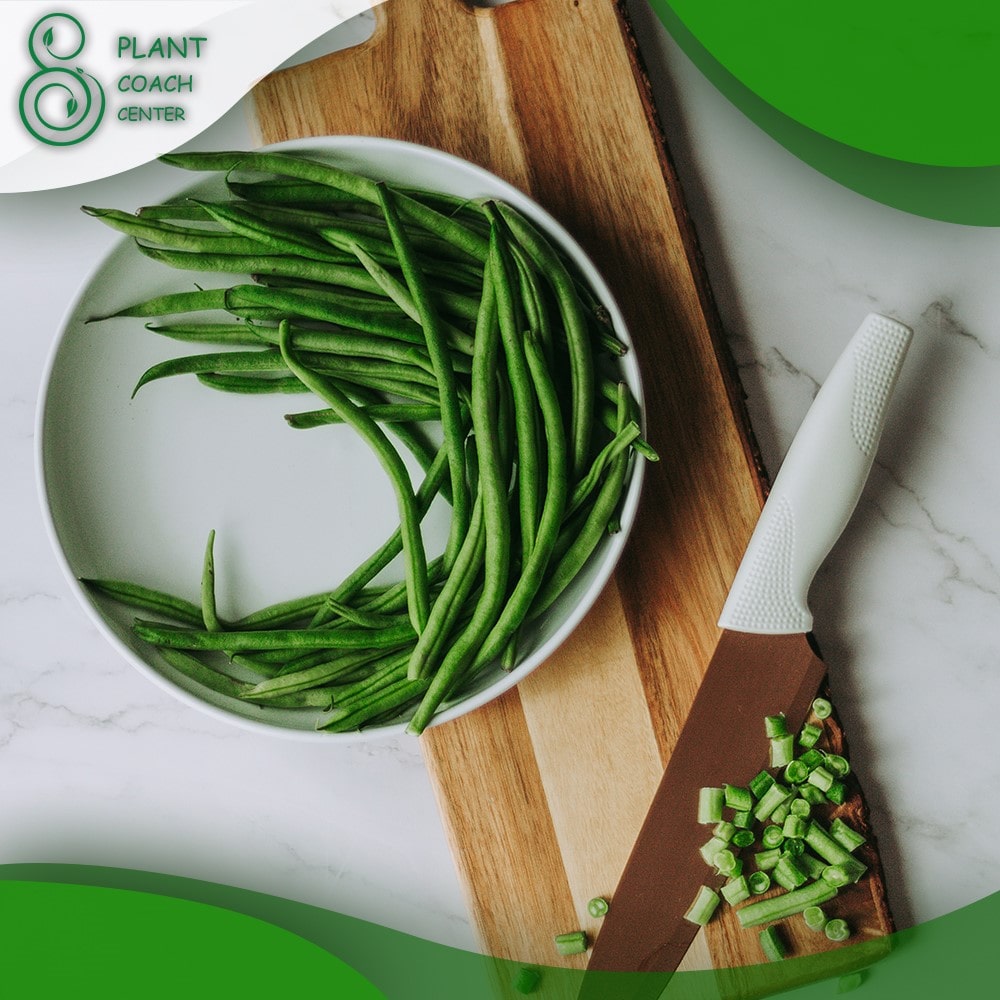When to Grow Green Beans
Welcome to the world of vibrant green beans, where culinary delights and garden-fresh abundance converge. Whether you’re an experienced gardener seeking to optimize your yield or a beginner with a green thumb, mastering the art of planting green beans at the right time is a crucial step towards a bountiful harvest.
As the seasons weave their tapestry, each offering its unique palette of conditions, the question arises: When is the optimal window to sow these leguminous gems? Join us on a journey through the intricate tapestry of seasons, weather patterns, and strategic gardening as we unveil the secrets of perfect timing for cultivating green beans.
From deciphering the nuances of soil temperatures that coax the seeds to life to embracing the dance between frost’s last breath and the tender sprouts, this guide will empower you with insights that transcend the mundane. Embark with us on this horticultural voyage, and soon you’ll be reaping the rewards of well-timed green bean cultivation, painting your plate and palate with nature’s vibrant hues.
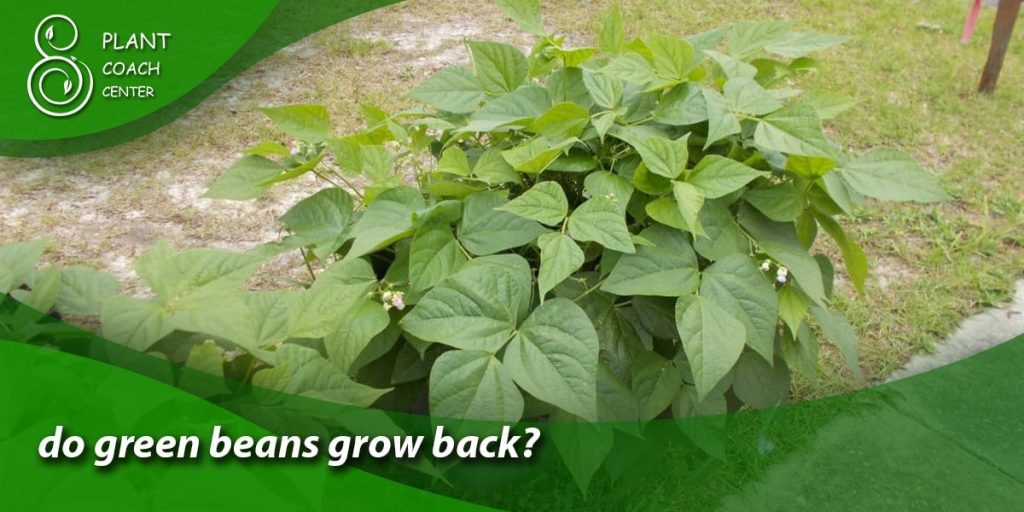
Seasonal Strategy: Exploring the Best Seasons for Green Bean Cultivation
Green beans, with their crisp texture and earthy flavor, are a favorite addition to many culinary creations. To cultivate these versatile legumes successfully, understanding the ideal seasons for planting is essential. The seasonal strategy for growing green beans revolves around two main categories: warm-season and cool-season planting.
Warm-Season Planting
Green beans thrive in warm soil and air temperatures. As the frosty grip of winter releases, spring emerges as a prime time for planting. Typically, once the soil temperature reaches around 60°F (15.5°C), it’s safe to sow green bean seeds directly into the garden. During warm summer, green beans flourish, benefiting from the extended daylight and higher temperatures.
Cool-Season Planting
A second opportunity arises in regions with mild winters in the fall. As summer’s heat mellows and the temperature drops to a moderate range, you can plant a cool-season crop of green beans. This late-season planting takes advantage of the fading heat while avoiding the scorching temperatures that can hinder germination and growth during peak summer.
Weather Watch: How Weather Conditions Impact the Ideal Time to Plant Green Beans
Becoming a keen observer of weather patterns is your secret to success when embarking on green bean cultivation. The interplay between weather conditions and plant growth is a delicate dance that significantly influences the ideal time for planting green beans.
Temperature Matters
Green beans have a love affair with warmth. Before you sow those precious seeds, pay close attention to both soil and air temperatures. Planting too early when the soil is still chilly can lead to poor germination and stunted growth. Aim for soil temperatures around 60°F (15.5°C) for optimal results. Similarly, avoid planting during the scorching heat of summer, as excessively high temperatures can cause stress to young seedlings.
Frosty Fears
Frost is the arch-nemesis of tender green bean seedlings. Even a light frost can spell disaster, leading to wilting and irreversible damage. Ensure that all frost risks have passed before planting outdoors. For regions with unpredictable spring weather, utilizing protective measures like row covers can shield your young plants from unexpected frosty surprises.
Rainfall and Drainage
Adequate moisture is essential for germination and early growth, but excessive waterlogging can lead to rot and diseases. Monitor your local rainfall patterns and choose well-draining soil to prevent water accumulation around the roots.
Sunshine Boost
Green beans thrive under ample sunlight. Choose a planting time that aligns with your region’s sunniest months. Sunlight not only aids in photosynthesis but also helps maintain a warm soil temperature crucial for germination.
Microclimates and Adaptation
Remember that microclimates within your garden or growing area can influence weather conditions. South-facing slopes tend to warm up faster, while low-lying areas may remain cooler. Understanding these microclimate nuances empowers you to make informed planting decisions.
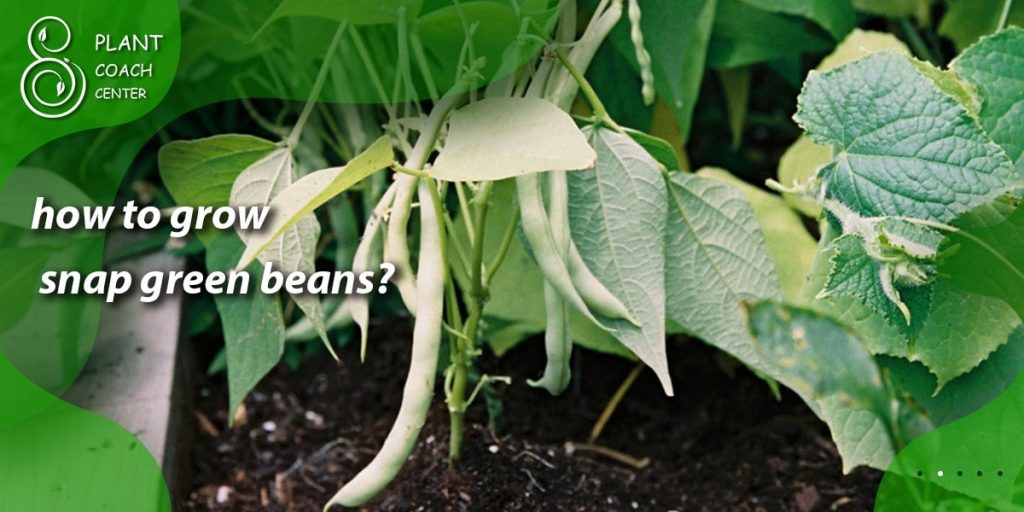
Germination Guidelines: Understanding the Optimal Soil Temperature for Green Bean Seeds
Germination, the magical moment when a tiny seed awakens and begins its journey toward becoming a plant, is a critical phase in the life of a green bean. Mastering the art of soil temperature management is critical to ensuring successful germination.
The Goldilocks Zone
Just as Goldilocks sought the “just right” porridge, green bean seeds have a preferred temperature range for germination. For these leguminous wonders, that range is typically between 75°F and 85°F (24°C to 29°C). Within this temperature sweet spot, the seeds absorb moisture and activate enzymes, setting the stage for the emergence of a new plant.
Thermometer Tactics
To determine the soil temperature accurately, use a soil thermometer. Insert it about an inch (2.5 cm) deep into the soil, the approximate depth at which most seeds are planted. Measure the temperature at various times, as soil temperatures fluctuate between morning and midday.
Early Risers
Planting green bean seeds when the soil is too cold can lead to uneven germination, delayed sprouting, or even seed rot. Warm up the soil in advance using techniques like black plastic mulch, which absorbs and retains heat. Alternatively, consider using row covers to create a mini greenhouse effect and elevate soil temperatures before sowing.
Cool-Season Considerations
Keep the soil temperature high enough for planting green beans during the cooler months. Cold soil can cause seeds to stay dormant or rot before they even have a chance to sprout. Using raised beds can help provide better drainage and warm the soil faster.
Warmth and Success
A typical gardener’s adage advises, “Don’t rush the season.” When it comes to germinating green bean seeds, this is sage advice. Waiting for the optimal soil temperature increases the likelihood of successful germination and healthier seedlings.
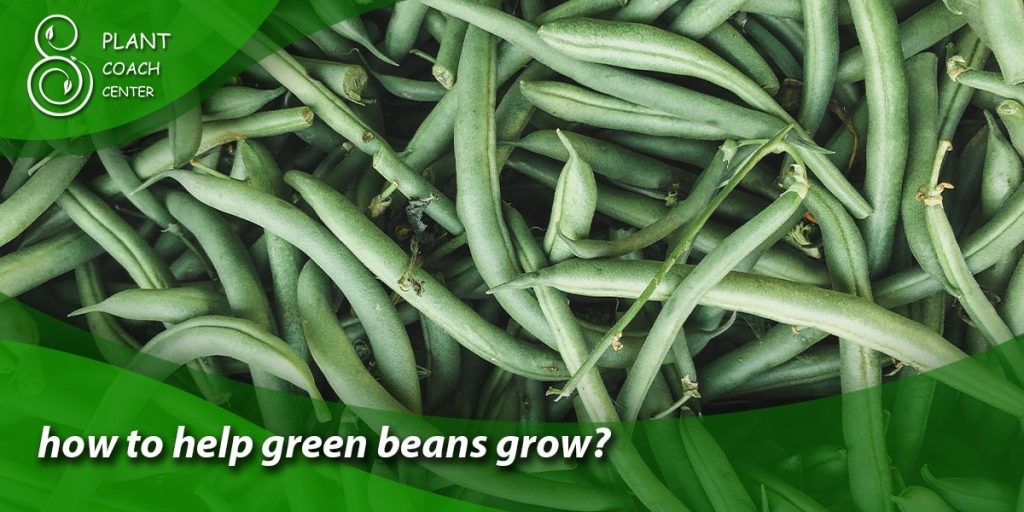
Frosty Dilemma: Navigating Frost Risk and Determining Safe Planting Dates
The emergence of delicate green bean seedlings from the earth is a triumphant moment for any gardener. However, this triumphant moment can turn into a frosty nightmare if timed incorrectly. Frost, the icy touch of winter’s farewell, poses a dilemma for those eager to plant their green beans.
Frosty Threat
Frost occurs when the temperature drops below freezing, causing ice crystals to form on plant surfaces. Green bean seedlings are particularly vulnerable to frost damage, resulting in wilting, discoloration, and stunted growth.
Safe Planting Dates
Determining safe planting dates involves a delicate dance between the desire to start early and the need to protect your young plants. The average last frost date in your region is a reliable guideline for when it’s safe to plant. However, it’s important to remember that this is average, and nature often surprises us. Consulting local gardening resources or experienced gardeners can provide insights into the nuances of your specific climate.
Warm-Season Assurance
To minimize frost risk, plant your green beans before the last expected frost date. If you’re feeling particularly eager and want to get a head start, consider using protective measures like row covers or clothes that can be draped over your plants on chilly nights. These covers trap heat and buffer against the cold, shielding your seedlings from potential frost damage.
Microclimates and Precautions
Keep in mind that different areas of your garden or yard might have varying microclimates. Low-lying areas or spots near bodies of water are more susceptible to frost, while higher ground might offer some insulation. Taking advantage of these microclimates can help reduce the risk of frost damage.
Monitoring and Flexibility
Even after the last frost date has passed, it’s wise to keep a vigilant eye on weather forecasts. Unexpected late frosts can still occur, putting your seedlings at risk. A plan for protecting your plants when frost warnings are issued can save your green beans from harm.
Companion Planting Calendar: Pairing Green Beans with Other Crops for Mutual Benefits
Companion planting weaves a tale of cooperation, harmony, and increased yield in the intricate tapestry of a garden. Green beans, as versatile team players, have the potential to thrive when strategically planted alongside compatible companions.
A Symphony of Symbiosis
Companion planting harnesses the synergy between different plants, utilizing their unique attributes to support one another’s growth. With their nitrogen-fixing abilities, green beans make excellent partners for various crops.
Corn Connection
One classic combination is the trio of green beans, corn, and squash—a practice known as the Three Sisters. Corn provides vertical support for the beans to climb, while beans enrich the soil with nitrogen. Meanwhile, squash sprawls along the ground, acting as a living mulch that suppresses weeds and retains soil moisture.
Radish Rendezvous
Planting radishes alongside green beans can be a natural deterrent for pests like aphids and cucumber beetles. Radishes also break up compacted soil, benefiting the root development of both crops.
Carrot Companionship
Carrots and green beans can be planted together with success. As the beans grow, they provide shade to the carrots, helping to keep the soil cooler and preventing them from becoming bitter due to heat stress.
Herb Allies
Certain herbs like basil and dill can also support your green bean garden. Basil can enhance the flavor of beans and deter pests, while dill attracts beneficial insects that keep garden pests in check.
Succession Strategy
Implementing a succession planting strategy can further optimize companion planting benefits. After harvesting a batch of beans, consider planting a complementary crop to continue the harmonious cycle.
Timing Is Key
While the mutual benefits of companion planting are well worth the effort, timing remains crucial. Be mindful of each crop’s specific growth requirements and preferences. Ensure that plants are compatible not only in their benefits but also in their environmental needs.
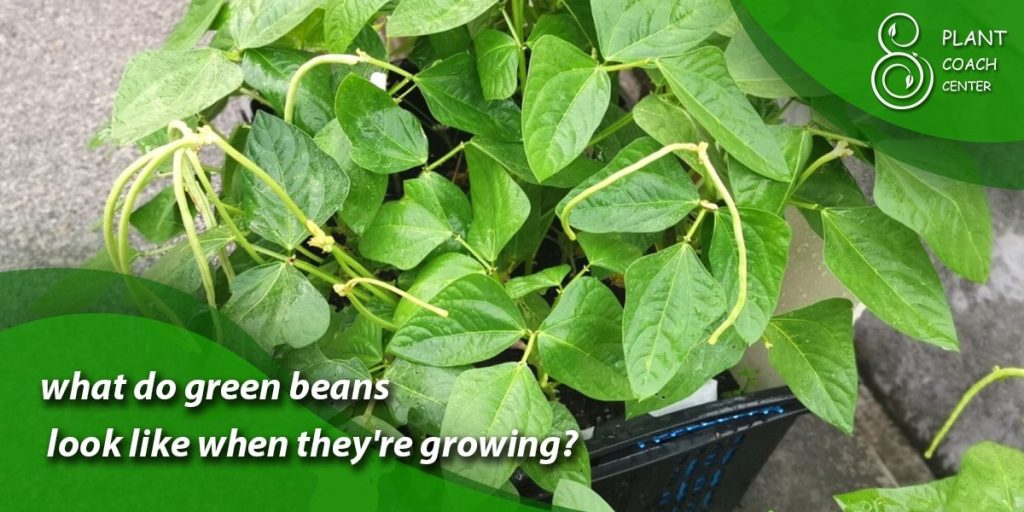
Indoor Initiatives: Unveiling the Secrets of Starting Green Beans Indoors Before Transplanting
As the seasons shift and the garden comes to life, an indoor journey can give your green beans a head start. Starting green bean seeds indoors allows you to extend the growing season, increase control over conditions, and give your plants a better chance to thrive when they finally go outdoors.
Timing Is Everything
To make the most of indoor seeding, calculate your area’s average last frost date. Count backward to determine when to start your green bean seeds indoors. This timing provides sturdy seedlings ready to face the world when outdoor conditions are ideal.
Container Choices
Selecting the proper containers is crucial. Use seed trays, peat pots, or other biodegradable options that can be transplanted directly into the garden without disturbing the delicate roots of the seedlings.
Ideal Environment
Place your seed containers in a warm and well-lit environment. Green beans require ample sunlight for solid growth, so consider placing them near a sunny windowsill or under grow lights. Maintain a consistent temperature around 70°F to 75°F (21°C to 24°C) for optimal germination and growth.
Transplanting Transition
As your green bean seedlings grow, they’ll need to adjust to outdoor conditions gradually. This process, known as “hardening off,” involves exposing the seedlings to outdoor elements like sunlight, wind, and temperature fluctuations in increasing increments. This toughens them up and prepares them for life in the garden.
Planting Preparation
Before transplanting your seedlings outdoors, prepare the garden bed by amending the soil with compost or well-rotted manure. Green beans prefer well-draining soil with a pH around 6.0 to 7.0.
Careful Handling
When it’s time for transplanting, handle the seedlings gently to avoid damaging their tender stems and roots. Plant them at the same depth they were growing indoors and water them well.
Successive Plantings
To enjoy a continuous harvest, consider starting a new batch of green bean seeds indoors every few weeks. This staggered approach ensures a fresh supply of beans throughout the growing season.
Succession Scheduling: Planning Multiple Plantings to Extend Green Bean Harvests
In the rhythm of the garden, the art of succession planting plays a melody that allows you to savor the flavors of your green beans throughout the growing season. By strategically staggering your plantings, you can ensure a continuous supply of fresh, crisp beans that grace your table from the first warm days of spring to the cool embrace of fall.
Harvest Happiness
Succession planting is all about optimizing your harvest timeline. It prevents the “feast or famine” scenario where you’re overwhelmed with beans for a brief period, only to be left empty-handed as the season wanes.
Mastering the Calendar
The key to successful succession scheduling is understanding your green bean’s growth cycle and local climate. Begin by calculating the average days to maturity for your chosen green bean variety. This number will serve as your planting interval.
Staggered Plantings
Green beans take about 60 days from planting to harvest. To ensure a continuous supply, you can plant a new batch of seeds every 2 to 3 weeks. As one batch starts producing beans, the next will be in various stages of growth, poised to take its place.
Matching Seasons
Consider the changing seasons as you plan your succession schedule. For cool-season areas, you might start planting early in spring, while warm-season regions can extend the planting window through late summer.
Balancing Act
Remember that your garden space and resources are finite. Balance your desire for continuous harvests with the practicalities of tending multiple plantings. As older plants finish producing, you’ll free up space for the next round.
Variety Versatility
Experiment with different green bean varieties to create a diverse tapestry of flavors and colors. Some varieties excel in cooler weather, while others thrive in summer heat.
Consistent Care
Despite staggered planting, consistent care remains essential. Water, nutrients, and pest management should be uniform across all plantings.
An Abundant Tapestry
The art of succession scheduling transforms your garden into a lush tapestry, weaving together the threads of different growth stages into a harmonious whole. It’s a dance with nature that invites you to experience the lifecycle of your green beans in all its stages, from the first tender leaves to the satisfying crunch of the mature pods.
Through strategic planning and careful tending, you’ll extend the vibrancy of your green bean harvest and revel in the bounty of your gardening endeavors.
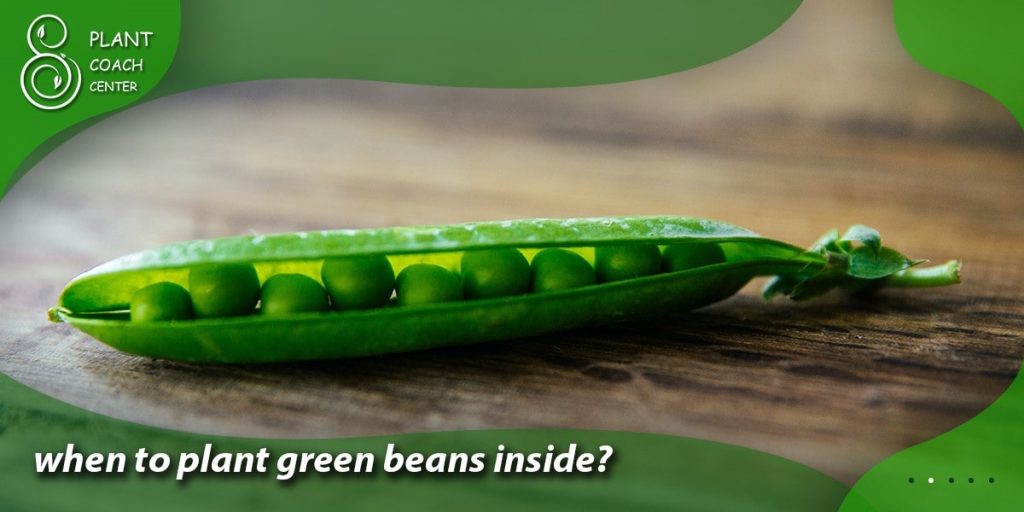
Conclusion
In the captivating journey of growing green beans, timing proves to be the orchestrator of success. From deciphering optimal soil temperatures and frost risks to orchestrating companionships and mastering indoor starts, every aspect unveils a symphony of careful planning and nurturing.
Like a well-composed melody, succession planting brings the story full circle, ensuring a continuous supply of these culinary delights. As you embark on your green bean adventure, remember that PlantCouchCenter.com is your guide, offering insights, tips, and a community of fellow gardeners passionate about nurturing nature’s bounty.
So, whether you’re a seasoned horticulturist or a budding enthusiast, let the timing wisdom lead you on a fruitful path toward a garden brimming with the vibrant hues and flavors of homegrown green beans.
When should I plant green beans?
Plant in spring after the last frost or late summer for a fall harvest.
What's the ideal soil temperature for green beans?
Around 60°F (15.5°C) for optimal germination.
Can I start green beans indoors?
Yes, starting indoors and transplanting can extend the growing season and yield.


